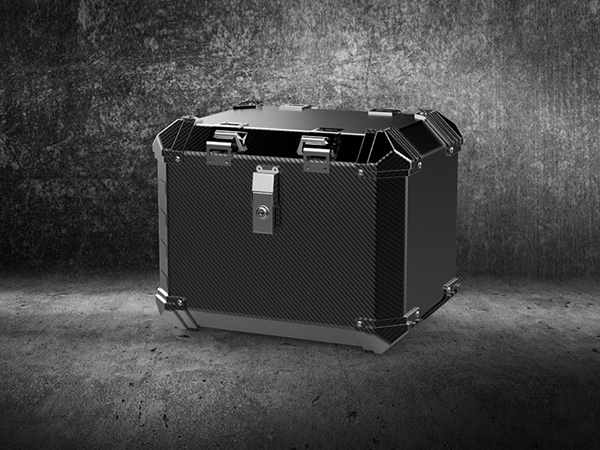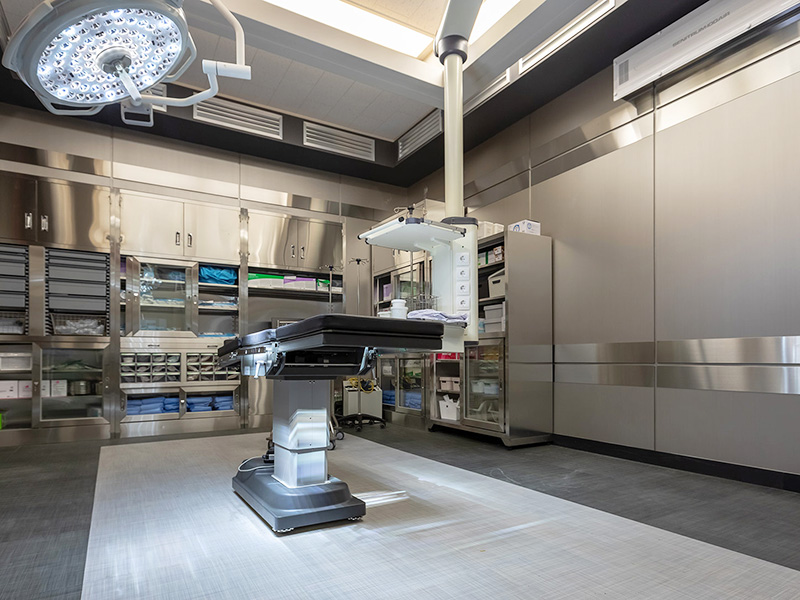In the actual production of carbon fiber products, the prepreg layer design will be carried out according to the actual use of the product. The purpose is to make the overall performance of the produced carbon fiber products better, and it can be used for a longer time in practical application. , Especially in many processes and choices, the layering is more important, and the quality of the layering will directly affect the service life of carbon fiber products. Of course, the performance of similar layers will not be greatly affected, but if the layers are completely opposite , then the performance difference will be very large.

For example, according to the carbon fiber board of conventional parts, the performance of the carbon fiber board produced will be very different under the single-angle layup of 0° or 90° and the layup method of 0° and 90° interspersed.
If this is divided, that is the difference between unidirectional layering and multi-directional layering. For unidirectional layering, it is generally applied to a product with only one stress. For example, a fixed carbon fiber board, most of which are required. Such performance, such as the carbon fiber medical CT bed plate in medical equipment, because it is always fixed, only the upper support is stressed, and it needs to have a good X-ray transmission effect, so a unidirectional layering method is often used. The layering method is simpler and more efficient. For some carbon fiber products, for better aesthetics, a layer of 3K carbon fiber material will be pasted on the surface, making the entire aesthetics extremely high.
Multi-directional layering, that is to say, the prepregs are not all the same in one direction, and they will be layered in different directions, superimposed, such as the common 0°, ±45° and 90°. The layer condition is what the technician needs to determine according to the drawing, then the overall stability of the layered carbon fiber product will be better, and it has good impact resistance, even if it is subjected to force other than the force point. , it will also have strong support performance, and the layup here will be related to the thickness of the carbon fiber product and determine all relationships.
In general, if it is unidirectional layup, it is more suitable for products with a single direction of force, generally carbon fiber products with very thin wall thickness. The multi-directional layering will have better multi-faceted performance, and the wall thickness of the entire carbon fiber product will be thicker, otherwise the layering will not be completed.
Then we see the plain twill on some carbon fiber products. When laying up here, 3K prepreg will be laid on the surface to make the appearance more beautiful. In the production of the entire carbon fiber product, the design of the layup It is not particularly difficult. Under the conventional thickness, the technicians who have done it for a long time will know which layup methods should be used. The key point is the calculation of how many layers of prepreg are required under different thicknesses. If the calculation is wrong, it will easily lead to production. The resulting carbon fiber products are either too big or too small, and as a result, they can only be scrapped, which greatly increases the cost of production.










